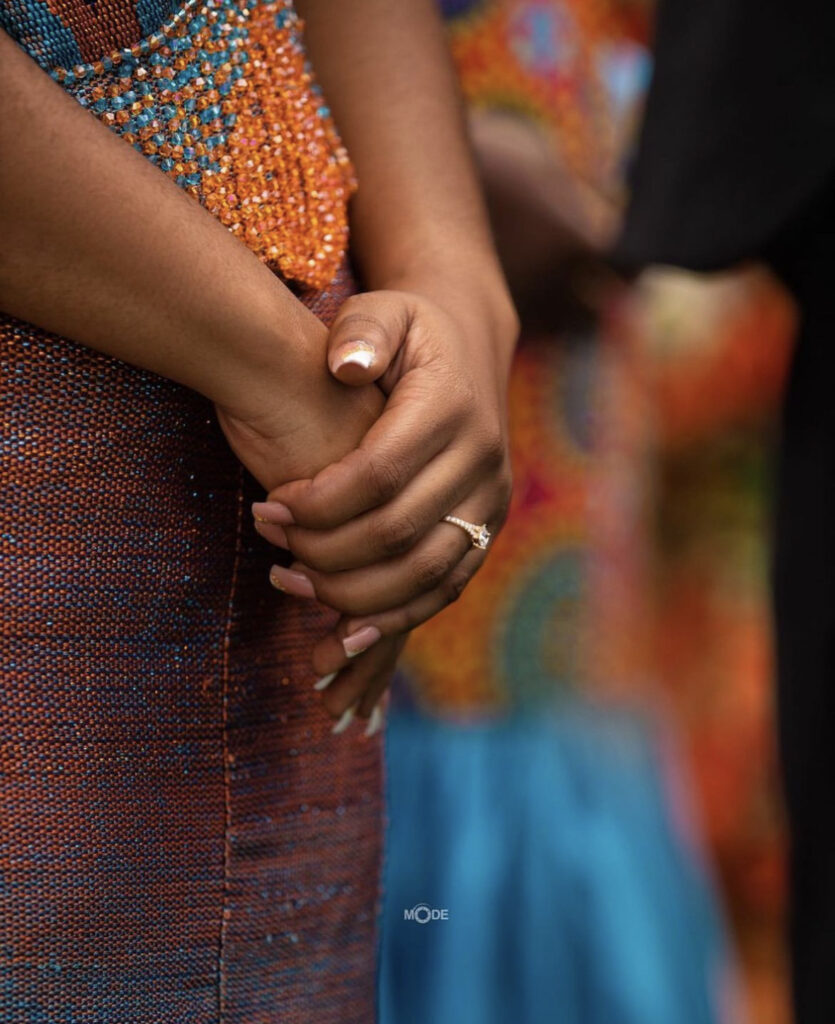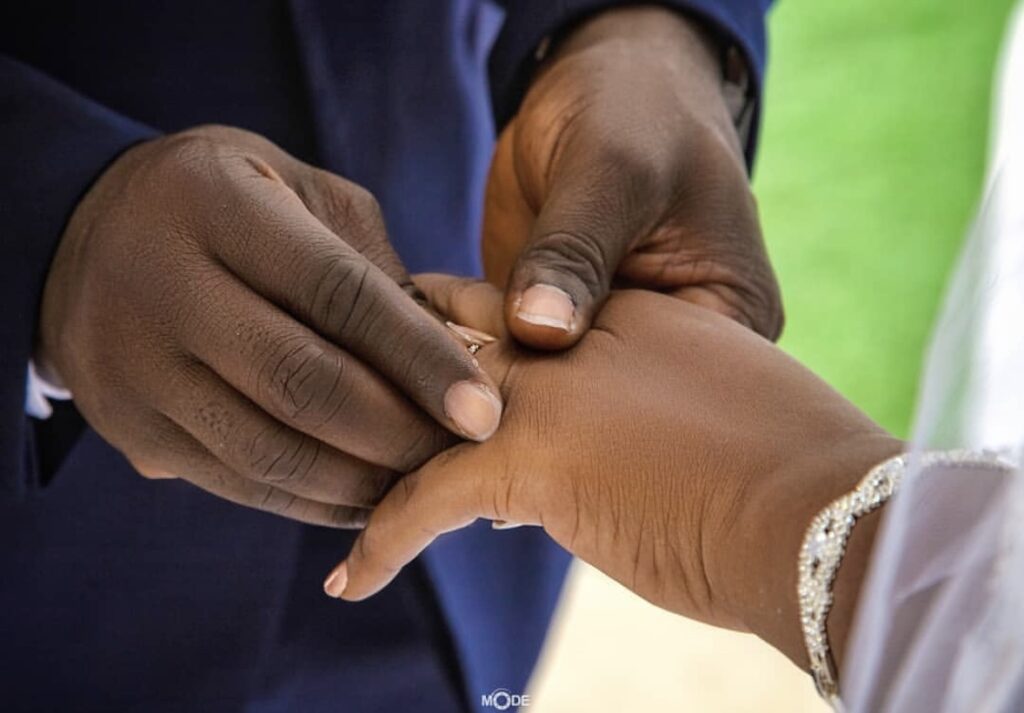
The wedding ring is one of the most iconic symbols of love and commitment in modern society. But have you ever wondered why it's traditionally worn on the ring finger?
The history and significance of this tradition are fascinating and deeply rooted in cultural and religious beliefs.
The tradition of wearing a wedding ring can be traced back to ancient Egypt, where couples exchanged rings made from reeds and papyrus as a symbol of eternal love. These rings were worn on the fourth finger of the left hand, which was believed to contain the "vena amoris," or the "vein of love," that ran directly to the heart.
The ancient Romans adopted this tradition and continued to wear wedding rings on the left hand's fourth finger. However, they believed that this finger had a direct connection to the heart through a nerve that ran from the finger to the heart.

During the Christian era, the wedding ring took on even greater significance as a symbol of the couple's commitment to each other and to God. In the Christian faith, the circular shape of the ring represented eternity, and the hole in the center represented a gateway to the future. The ring's unbroken circle symbolized the unending love between the couple and their commitment to remain faithful to each other throughout their lives.
The placement of the wedding ring on the left hand's fourth finger also has religious significance. In Christian weddings, the ring is placed on the left hand because it's believed that the left hand is closer to the heart. This tradition is based on the belief that the heart's vein, which connects directly to the fourth finger on the left hand, is the vein of love.
In many other cultures, the wedding ring is also worn on the fourth finger of the left hand. In India, for example, the wedding ring is called a "Mangalsutra" and is worn around the neck rather than on the finger. However, the significance of the ring remains the same – as a symbol of love, commitment, and fidelity.
In modern times, the tradition of wearing a wedding ring on the left hand's fourth finger has become universal. This tradition is still deeply ingrained in many cultures worldwide, and the symbolism behind it remains as powerful as ever. Whether it's a simple gold band or a diamond-studded ring, the wedding ring serves as a constant reminder of the love and commitment between two people.